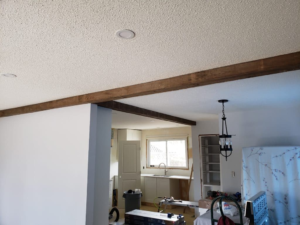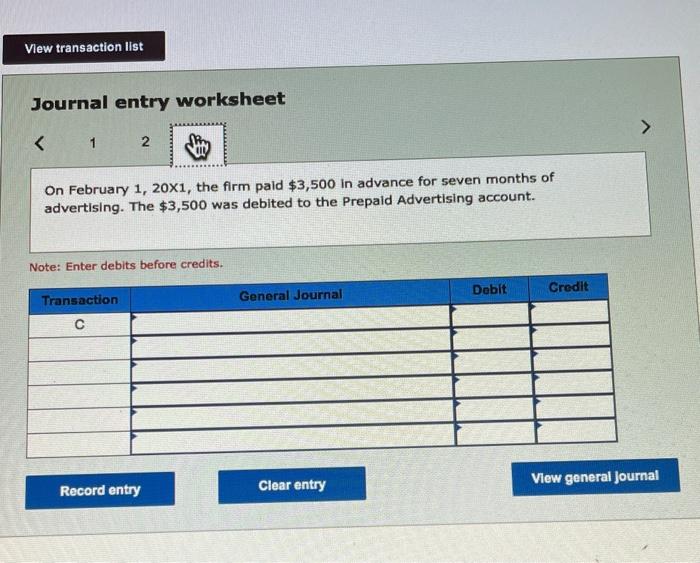Stumps left behind can attract pests, rot away in the ground, inhibit new tree growth, and damage lawnmowers and other garden equipment.
If you choose to dig out a stump, be sure to call 811 to have buried utility lines marked before you begin. You should also be prepared for a long and labor-intensive project. Contact Local Stump Removal now!

Stump removal costs can vary greatly depending on the method chosen and the number of stumps to be removed. Professional stump grinding costs between $200 and $300 per stump, while manually removing a single stump with an axe or chainsaw can cost up to $100. Other costs may include the cost of a permit or extra fees for digging or disturbing utilities.
The type of stump can also affect the final price, as hardwood trees typically have more expansive root systems and are, therefore, more difficult to remove. The soil condition can also make the process more labor-intensive, as rocky or hard soil may require additional work to ensure complete removal.
Some companies offer a full service, including stump grinding and debris removal, for an additional cost. This can be useful if you plan to use the area around the stump for landscaping or other purposes, and can save you the hassle of finding another contractor to handle the cleanup and haul-away.
Before hiring a company to take care of your stump, be sure to get multiple quotes and read online reviews. Ask about how the company calculates its prices, such as whether it charges by stump diameter or on an hourly basis. It’s also important to understand the different methods of stump removal, as some are more thorough than others.
A common option is chemical rotting, which involves applying chemicals to the stump to cause it to decompose and eventually break apart. While this is an inexpensive alternative to stump grinding, it can take up to six months for the chemicals to fully break down the stump and roots. Chemical rotting is also not as effective on larger tree stumps, which often have thicker roots.
Some homeowners choose to burn the stump, a method that can be very hazardous if not done correctly. This requires a fire suppression system and the purchase or rental of tools, such as an axe or chainsaw. In addition to the risk, burning a stump can release toxic fumes into the air and damage nearby plants.
Stump Removal Methods
There are many different ways to remove a stump, including manual digging and chemical treatments. Each method has its pros and cons, but the best solution depends on your yard’s layout and your future plans for it. It’s also important to remember that the roots of a dead tree can eventually grow into your home or other structures on your property, lifting pavement like sidewalks and driveways, and even cracking foundations. Stump removal is a vital step in preventing these problems, so it’s a good idea to take care of it as soon as possible.
Stumps left unattended will rot, which can attract fungal growth and unwelcome pests. They can also continue to grow, leading to new tree sprouts that can become unsightly and difficult to remove. Stump removal is the best way to eliminate these issues and create an inviting outdoor space for your home or landscape.
Stump grinding is a quick and easy option for stump removal, but it doesn’t necessarily kill the roots. If you plan to use the area for construction or extensive landscaping, it may be a better option to dig out the entire stump and root system. This will prevent the regrowth of unwanted trees and will ensure that the surrounding soil is free for future projects.
Chemical treatments are another effective stump removal method that uses substances that accelerate the decomposition of wood. These include potassium nitrate, sulfuric acid, and nitric acid, which all eat away at the stump’s surface, weakening it effectively. The chemicals can be purchased in granule form, which you’ll need to pour into holes drilled around the stump’s perimeter. The holes should be a few inches deep and evenly spaced, so the chemicals can penetrate and break down the stump’s structure.
You can also try burying the stump with topsoil or concrete. While these methods aren’t as effective as stump grinding, they do have their place in some situations.
Stump Removal Safety
Tree stumps are more than just an eyesore, and they can create a number of hidden dangers that threaten the safety and value of your property. If left untreated, they can eventually become tripping hazards, and the roots can also wreak havoc on landscaping and structures around your home or property, such as choking out new plants and causing cracks in concrete patios, sidewalks, driveways, and garages. Fortunately, there are several safe and efficient ways to remove old stumps from your property.
A local professional will use a machine called a stump grinder to grind down the remnants of the old tree and the root system. It is recommended that you wear protective gear during the process, such as safety goggles and steel-toe boots. Then, using a chainsaw, cut the trunk as close to ground level as possible. After the stump has been cut down, use a shovel to break up and dig out the remaining roots. You can recycle the roots and reuse them as mulch or firewood, or dispose of them at a yard waste recycling center or green landfill.
Stumps can be very dangerous, especially for children and pets, and they are also an invitation to unwanted pests like termites and carpenter ants. Additionally, if the original tree was diseased and you didn’t remove the stump, the disease could spread from the stump to other trees on your property or even your house.
Stump grinding is the best and most effective way to remove a tree stump and its roots, but it can be expensive if you’re working on a large yard. You can also use a manual tool, such as a mattock, to dig around the stump and expose its roots. This method is time-consuming, however, and it’s important to take precautions, such as ensuring that no live roots are exposed, to avoid damage to your landscaping or foundation.
Chemical stump removal is another option that uses a powder or granular product to speed up the natural decomposition of the stump and its roots. This is a more cost-effective solution than stump grinding, but it takes a longer amount of time.
Stump Removal Insurance
A rotting tree stump can be a safety hazard for children and pets playing in the yard, while the root system can continue to grow and cause damage to home foundations or water or sewer lines. Stumps also provide a breeding ground for unwanted pests, such as termites and carpenter ants. Stump removal is a crucial step to ensuring that your property stays safe and healthy.
When choosing a stump grinding company, you should be sure to ask about their insurance policies and equipment. A reputable service will be transparent about their policy and will be happy to share details about their business, including references and testimonials from past clients. You should also ask whether the company carries workers’ compensation insurance, which is required in some states. This type of insurance can protect you if an employee is injured on the job and needs medical attention.
Most homeowners’ insurance policies cover the cost of removing a hazardous tree, but policy limitations and exclusions may apply. If you’re unsure about your coverage, it’s wise to consult an arborist or insurance agent who specializes in tree-related services. These professionals can assess the specific risks on your property and recommend appropriate policy adjustments or endorsements.
Another important consideration is how your stump grinder will dispose of the debris after the job is completed. The best companies will recycle or properly dispose of wood and green waste, ensuring that they’re meeting environmental standards. They may even offer a discount for bringing their own dumpster to the job site, which helps reduce the environmental impact of hauling away waste.
Lastly, you should be sure to review the company’s website and social media pages before hiring them. You should look for a professional and well-maintained website that includes pictures of the equipment used by the stump grinding company, along with reviews and testimonials from previous customers. You should also be able to find information about the company’s licensing status in your state.
If you’re ready to hire a local stump removal and grinding expert, enter your zip code now to be matched with prescreened pros near you. Then, compare quotes and choose the best option for your needs.








